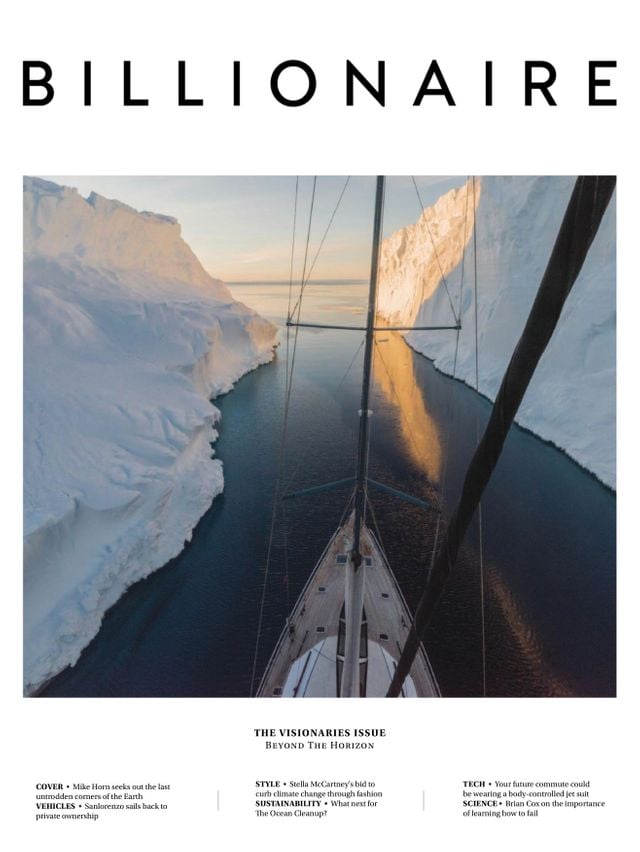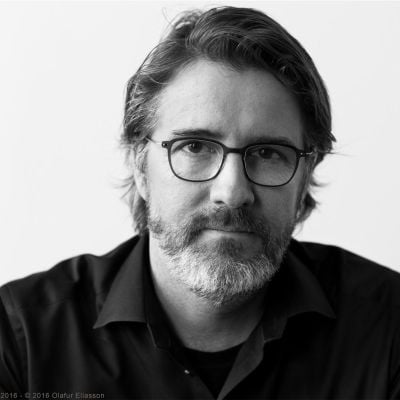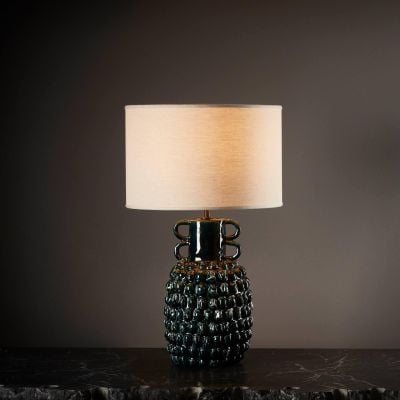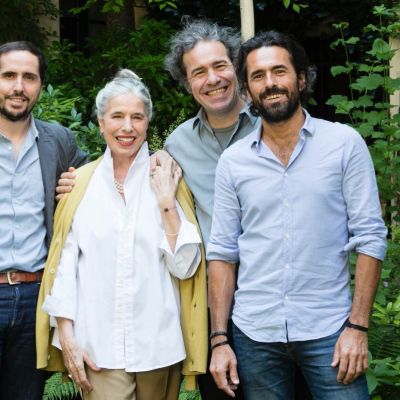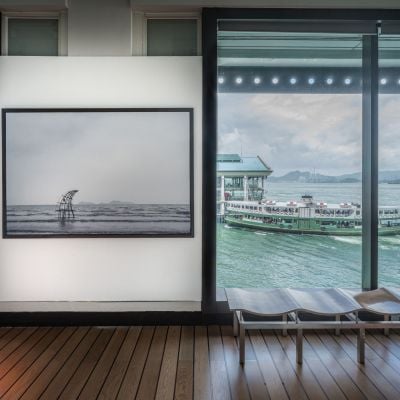The Great Unknown
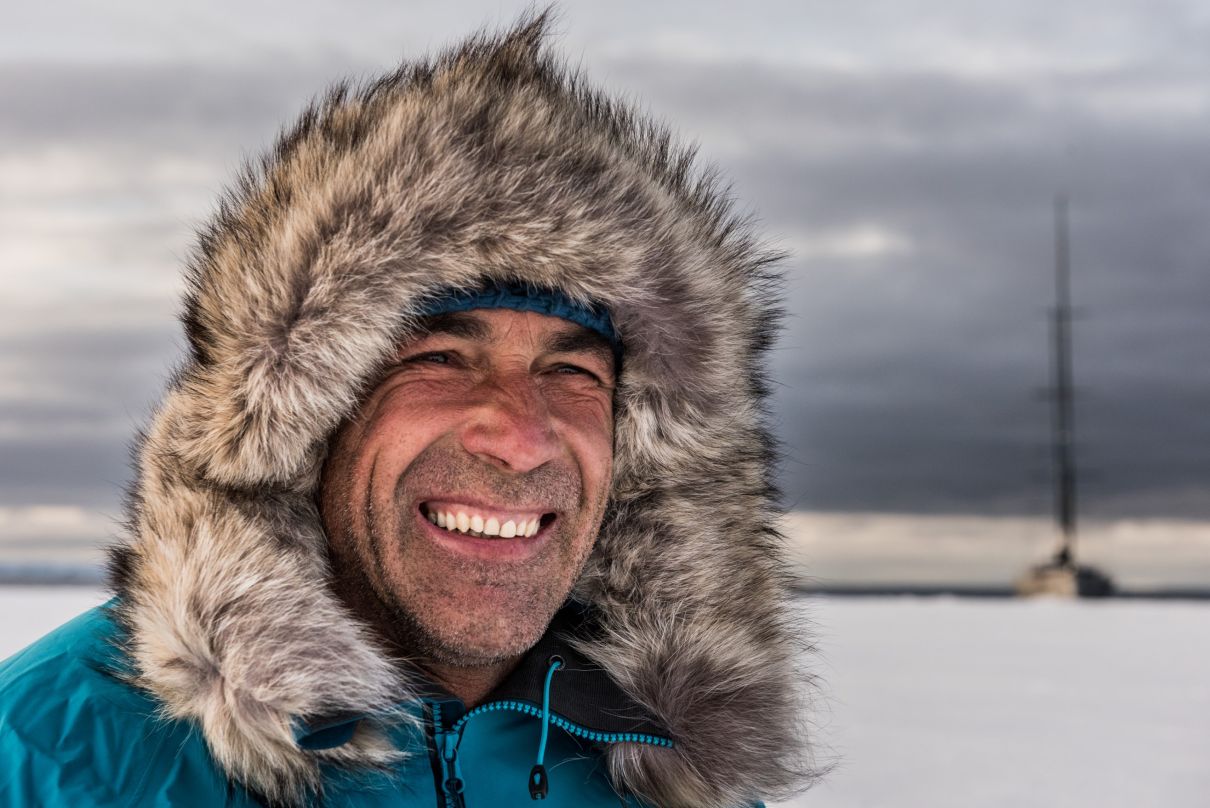
The challenge of a blank page ahead has lured Mike Horn into expeditions all over the globe.
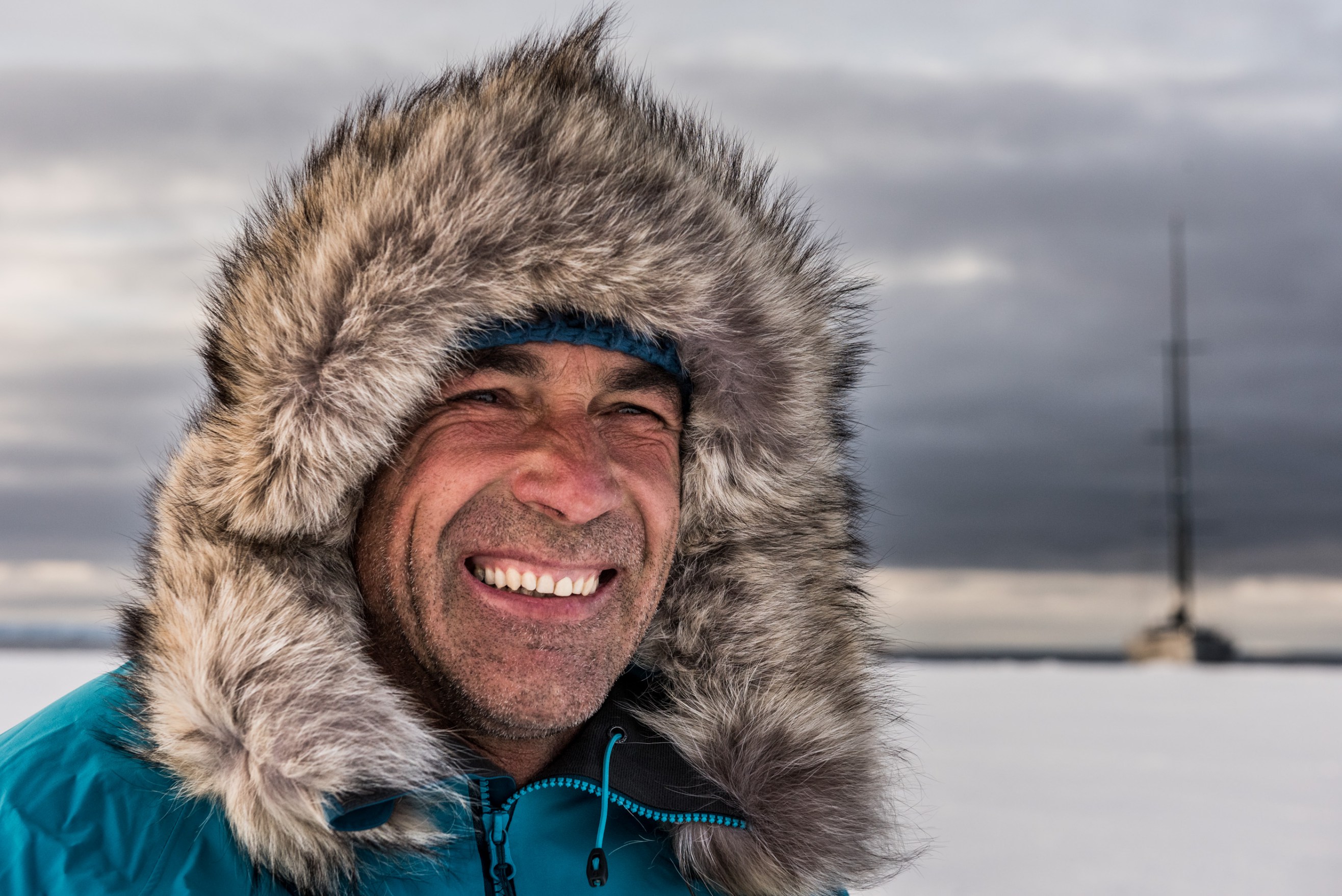
It’s a bright and breezy day in Hong Kong and I’m sitting on the steps at the Victoria Recreation Club, Deep Water Bay, waiting for explorer Mike Horn to come and pick me up in his tender and whisk me over to his yacht and current home, Pangaea.
The boat, South African-born Horn and his Polish crew of two are temporary residents of one of the territory’s ritzier suburbs while they prepare for the second stage of Pole2Pole, the toughest challenge of Horn’s professional career to date.
It seems that not without good reason has Horn previously been described as ‘the world’s greatest man’. His ambitious plan is to circumnavigate the globe via the polar regions, starting and finishing in Monaco, crossing both poles and covering 37,000km. In 2017 he completed the first leg of the project and became the first person to traverse the widest point of Antarctica, north to south, unsupported and alone. The crossing involved 57 days on the ice and was, he admits, “one of the hardest things I’ve ever done”.
No stranger to the polar regions, he says it’s an accomplishment that’s probably been 15 years in the making. Between 2002 and 2004 he walked solo around the Arctic Circle, a whopping 20,000km without motorised transport, departing from Norway and crossing Greenland, Canada, Alaska, the Bering Strait and Russian Siberia before reaching North Cape on the tip of Norway.
And, in 2006, along with Norwegian explorer Borge Ousland, he became the first person to travel without dog or motorised transport to the North Pole, during winter and in permanent darkness.
Horn has led expeditions all over the globe, from the Amazon to Africa, and Asia to the Arctic. But for him they are not a box-ticking exercise. It’s the challenge of the unknown that interests him, the blank page ahead.
“Something like Everest, it holds no attraction for me,” he says. “I fully respect those who have done it, but following a predetermined route furnished with ladders and ropes, that’s not how I do things.”
Later this year he plans a second attempt on K2 (he was forced back by the weather in 2015), but via the remote, Chinese, side of the mountain.
What drives him, I wonder? How do you drum up the motivation to challenge yourself this hard time and time again? Are there ever moments on an expedition when he wants to throw in the towel?
“It’s got nothing to do with motivation,” he says. “It’s all about discipline. When you’re lying in a tent in the Arctic and it’s minus 60 degrees outside, it’s not motivation that gets you up and out, and back on the trail. It’s discipline. When I was in the Amazon, I got bitten by a snake and I went blind for four days. I knew I had to go through a process, to not panic, lie down in my hammock, keep my heart rate down, drink water, cut the wound, and so on. It wasn’t motivation that got me through. It was discipline. That and having no options. Often in life we have too many options; we tend to move laterally rather than forwards.”
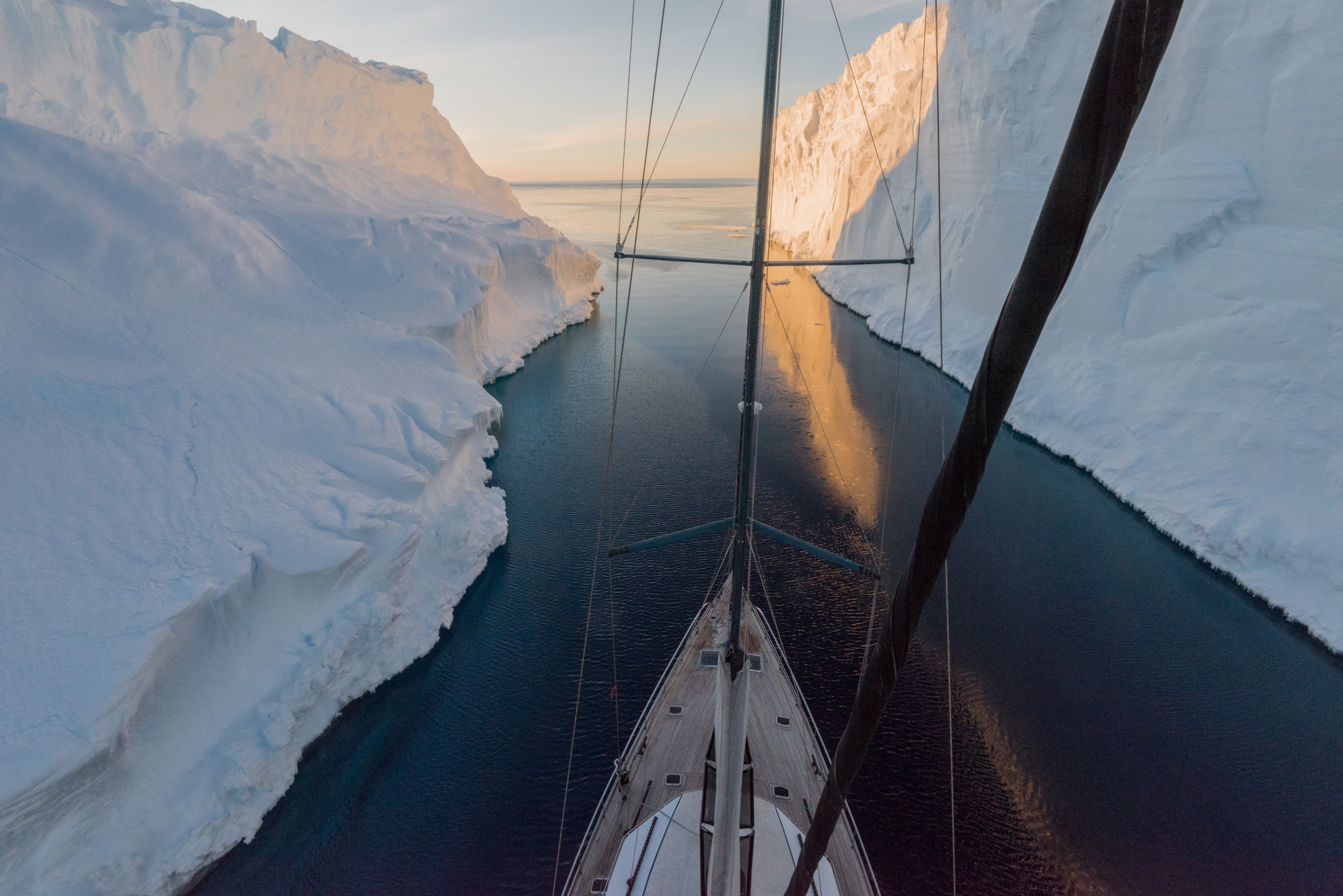
He’s equally no-nonsense when it comes to current health and wellness trends. “No,” he laughs. “I’m not vegan- or plant-based. That’s for guys with too much time and money on their hands. When I’m in the Arctic I need 12,000 calories a day, I’m not going to get that from a bunch of plants.” (Case in point: the four juicy steaks laid out for lunch in the galley when Horn leads me on a tour of the boat.)
“The trick in life,” he says, “is to make fear your friend. When you start to like the things that you don’t enjoy doing, that’s when you start living more fully. I walk my life on the edge of the cliff enjoying the whole view. Of course, it’s safer to stay away from the edge, but then you don’t get to see as much.”
He attributes much of his drive to his father. “I had an adventurous childhood in South Africa. I used to cycle out each day, the one rule being that I return home by 6pm. And, quite cleverly, my father would be waiting for me to find out what I’d been up to. So, I would regale him with my adventures, such as traversing a river in a storm or whatever, and he’d give me advice and explain how I could approach challenges differently or more efficiently. My father used to say, ‘if your dreams don’t scare you, then they’re not big enough’.”
After university, Horn went on to do compulsory military service and ended up in the South African Special Forces fighting in Angola for three years. “I didn’t want to be the office boy,” he says. “I wanted to be on the frontline making a difference. But I went in to learn how to survive, not to learn how to kill.”
His first big expedition was in 1997 when he began a six-month solo crossing of South America, starting in the Peruvian Andes on the Pacific side and descending the 7,000km of the Amazon River on a hydrospeed until he reached the Atlantic.
Two years later he set off on an 18-month journey to circle the equator, sailing and on foot. He left Gabon to cross the Atlantic to Brazil on a 28ft trimaran. His preparation was straight from the pages of Arthur Ransome’s Swallows and Amazons novel. “I didn’t know how to sail,” he laughs. “I got a friend to show me how to use a boat on a lake back in Switzerland. He said, yeah, if you want to go that way, flip the sail like this; if you want to go the other way, do that. And that was it.” After landing safely, he crossed Brazil and Ecuador on bike, canoe and foot; sailed the Pacific to Indonesia via the Galápagos Islands; walked across Borneo and Sumatra; crossed the Indian Ocean; and, finally, walked across Africa through the Congo and Gabon.
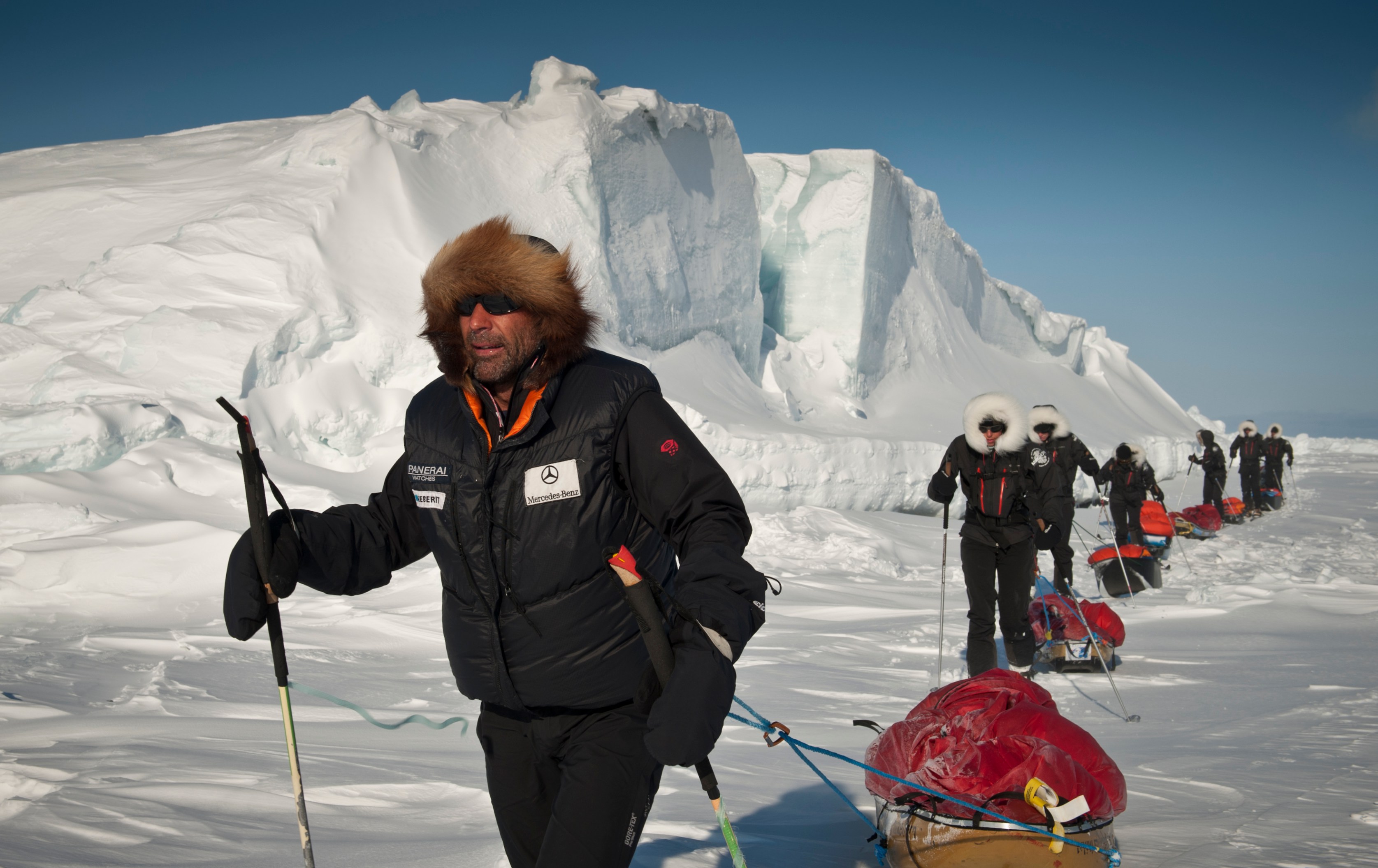
And so, he’d proved he could make a go of things as an explorer, but the death of his wife Kathy from breast cancer in 2015 led him to question his future. She was the support behind his career, the woman who made it all possible. It had been she who had enabled his dreams from the very beginning. Following the line of the equator by foot had always been a childhood dream, and when Horn decided to finally put his ambitions into action, Kathy had been behind him all the way.
“She was everything,” he says. “I thought, you know, I could die too. We’ve raised our children, they’re educated and independent, and we’ve enjoyed our years together and had lots of adventures. But Kathy said no, don’t die with me, live for me.” And so, his daughters stepped up and took over the logistics and he carried on.
Since completing his Antarctic crossing, Horn has crossed the Simpson Desert in Australia, led some diving expeditions in New Caledonia and sailed to Malaysia, Thailand and Laos. He popped over to Pakistan to attempt Nanga Parbat, the ninth-highest mountain in the world, as a ‘break’ from the Pole2Pole challenge last year, before returning to Pangaea, setting sail for the Philippines and eventually mooring up in Deep Water Bay.
For now, he’s enjoying some downtime — “Hong Kong’s one of my favourite cities” — and prepping the boat before setting sail for the coast of China and up to the Arctic, crossing Greenland and heading back to Monaco.
Is he the greatest living man? I ask. He laughs. “I think that’s a bit of an exaggeration.” Horn pauses for a minute to consider the question. “I think,” he says eventually, “I’m just one of those people who enjoys living life on the edge of the cliff.”
This article originally appeared in Billionaire's Visionaries Issue, March 2019. To subscribe contact

